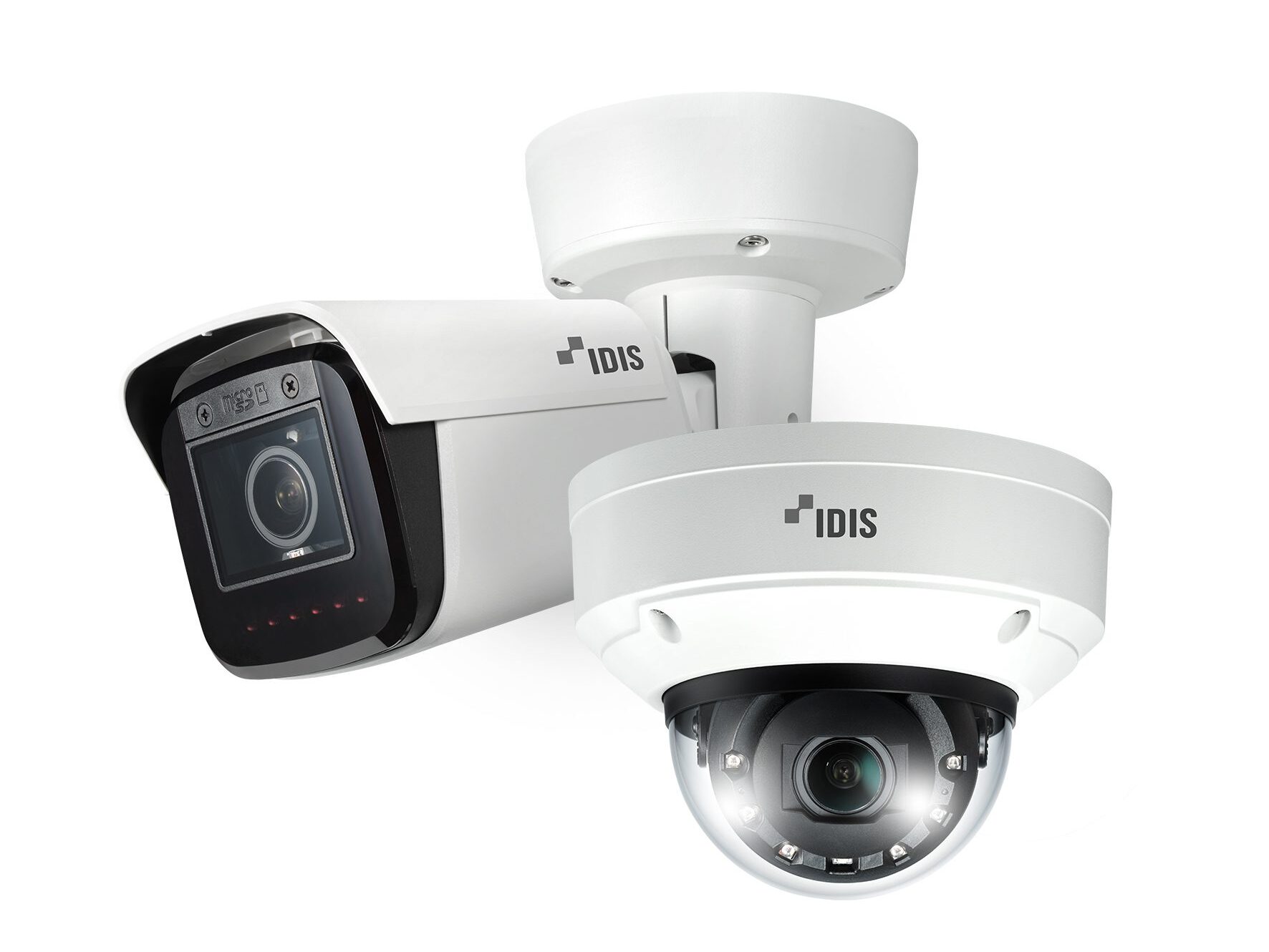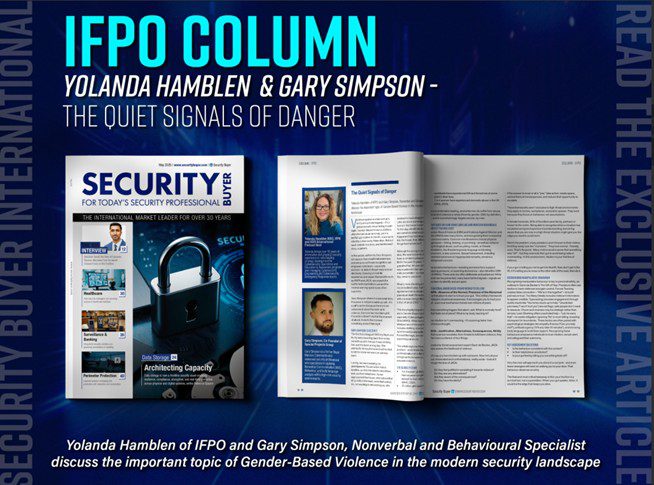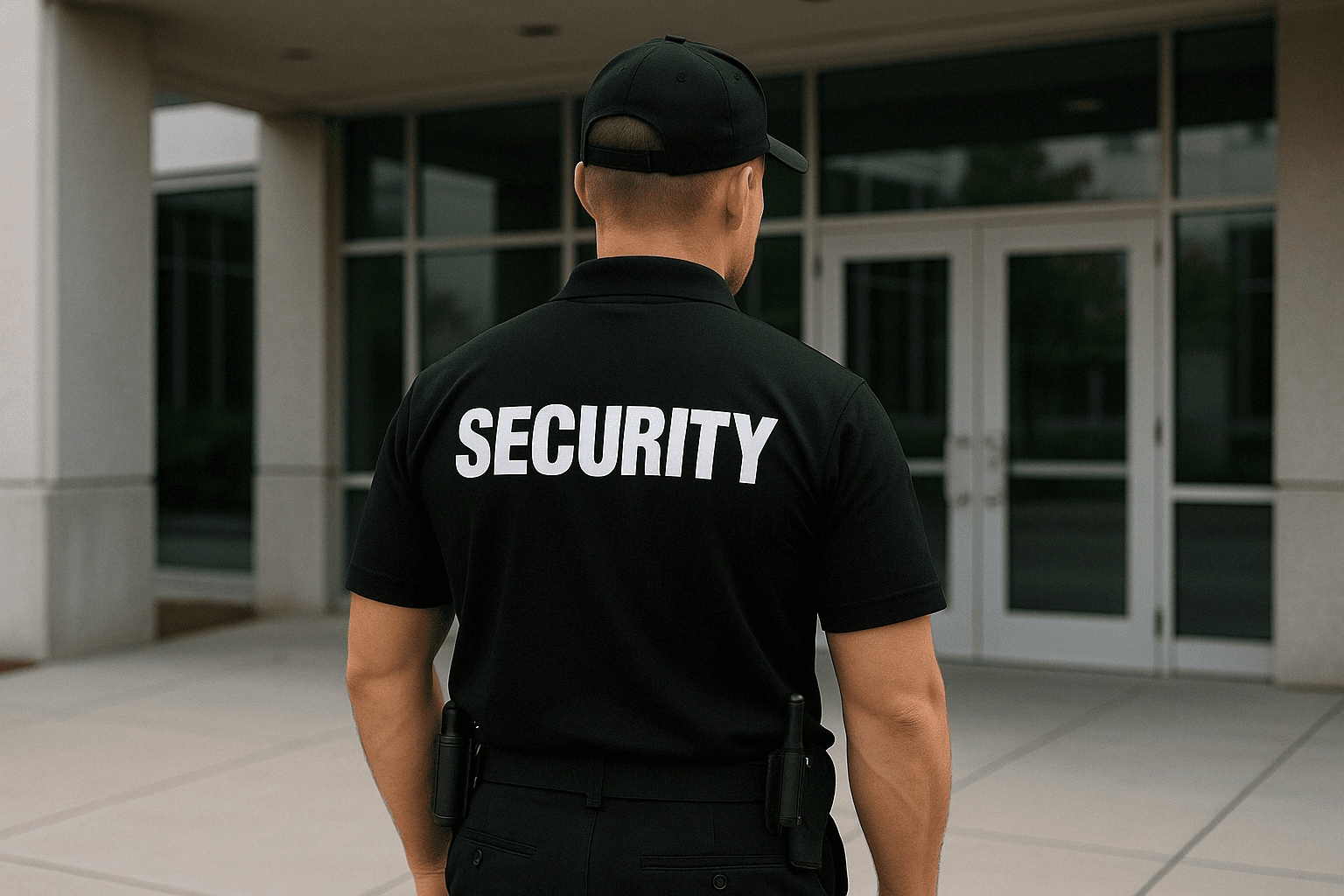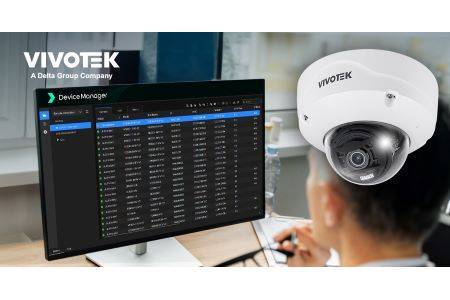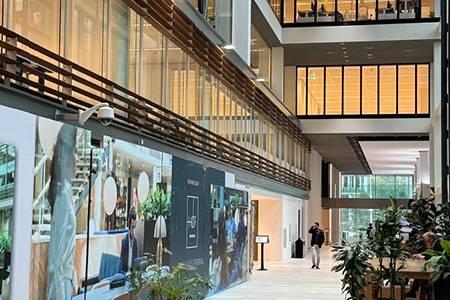During the Coronavirus pandemic new conspiracy theories surrounding the emerging 5G network have come to light. This article debunks these theories and analyses cyber security concerns
Homeland Security is reportedly issuing alerts to wireless telecom providers and law enforcement agencies about potential attacks on cell towers and telecommunications workers by 5G/coronavirus conspiracy theorists. The DHS warned that there have already been “arson and physical attacks against cell towers in several US states.”
The claims that 5G can spread the coronavirus, either by suppressing the immune system or by directly transmitting the virus over radio waves, led to dozens of tower burnings in the UK and mainland Europe. Now, the DHS “is preparing to advise the US telecom industry on steps it can take to prevent attacks on 5G cell towers following a rash of incidents in Western Europe fueled by the false claim that the technology spreads the pathogen causing Covid-19.
The DHS alert will include advice on ways to reduce the risk of attack, including installing appropriate sensing and barriers, cyber-intrusion detection systems, closed-circuit television and monitoring drone activity near towers. A telecom-industry official said that carriers in the US “have seen sporadic attacks on their cell towers that were apparently prompted by Covid-19 disinformation” over the past few weeks.
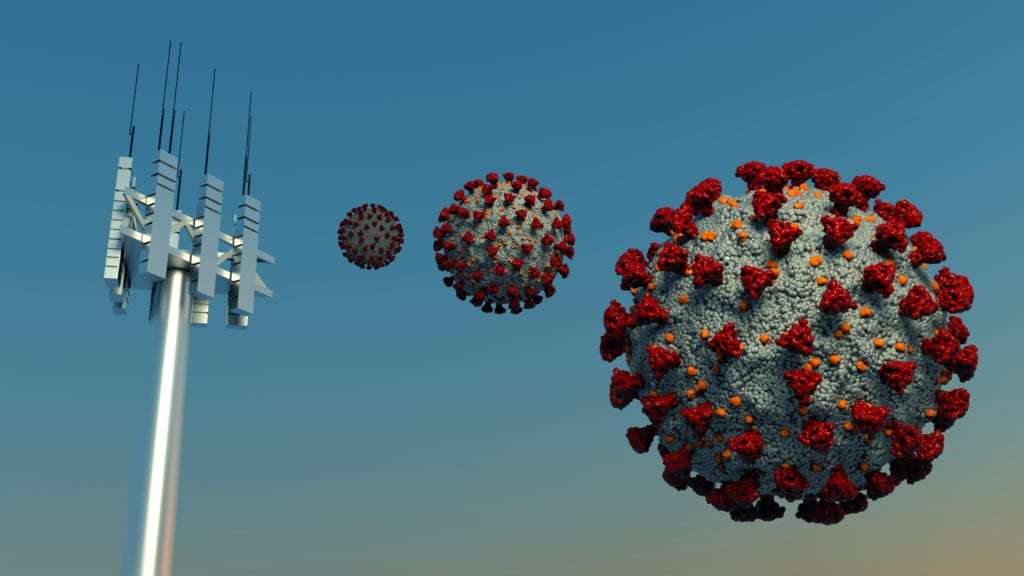 Professor Stephen Powis, a Medical Director for NHS England in the UK, called the links between 5G and the coronavirus “outrageous” and “absolute and utter rubbish.” The UK government has also branded the claims “dangerous nonsense” and labeled conspiracy theories “crackpot.”
Professor Stephen Powis, a Medical Director for NHS England in the UK, called the links between 5G and the coronavirus “outrageous” and “absolute and utter rubbish.” The UK government has also branded the claims “dangerous nonsense” and labeled conspiracy theories “crackpot.”
The broader 5G fears have largely been addressed by regulators, scientists, and independent groups. While some implementations of 5G use millimeter-wave (mmWave) band transmissions, a higher frequency of radio waves than 4G or 3G, regulators in the UK have recorded 5G electromagnetic radiation levels well below international guidelines. The International Commission on Non‐Ionizing Radiation Protection (ICNIRP) also found no evidence suggesting 5G poses a risk to human health.
The ICNIRP updated its guidelines last month, following a seven-year study. “5G technologies will not be able to cause harm when these new guidelines are adhered to,” said ICNIRP Chair Eric van Rongen.
Gunter Reiss, Vice President, A10 Networks
While these theories garnered social media and news stories, the impact is likely to be minimal. Research undertaken by A10 Networks this year has shown this will be minimal with seventy-one percent of service providers saying they will begin commercial 5G deployments within the next 18 months.
The impact of COVID-19 has actually demonstrated the value and need for denser, higher speed 5G services in industries like health care, education and a variety of service-oriented industries.
The conspiracy theories did prompt the World Health Organisation (WHO), the UN agency which is leading the response to the pandemic, to add the 5G conspiracy to its COVID-19 myth busters article, which highlighted that “viruses cannot travel on radio waves/mobile networks. COVID-19 is spreading in many countries that do not have 5G mobile networks.”
Since the start of the global outbreak, we have seen a spike in cyber-attacks in this period of uncertainty and therefore we must be extra vigilant. At the same time, since almost everyone is working from home these days, the organisations they work for are facing new challenges as multiple new attack vectors are being introduced into their networks.
We have seen different attacks, ranging from attackers targeting the World Health Organisation (WHO) to steal information to mass phishing email and spam campaigns targeting remote workers. We have even seen cases where cybercriminals are launching websites with domain names related to Coronavirus and COVID-19, exploiting people’s curiosity or worry to eventually launch ransomware attacks. When it comes to cyber security, just like public health, prevention can be better than the cure.
5G and cybersecurity
5G will be a physical overhaul of our essential networks that will have decades-long impact. Because 5G is the conversion to a mostly all-software network, future upgrades will be software updates much like the current upgrades to your smartphone. Because of the cyber vulnerabilities of software, the tougher part of the real 5G “race” is to retool how we secure the most important network of the 21st century and the ecosystem of devices and applications that sprout from that network.
To view the full article, see our next edition of Security Buyer!

